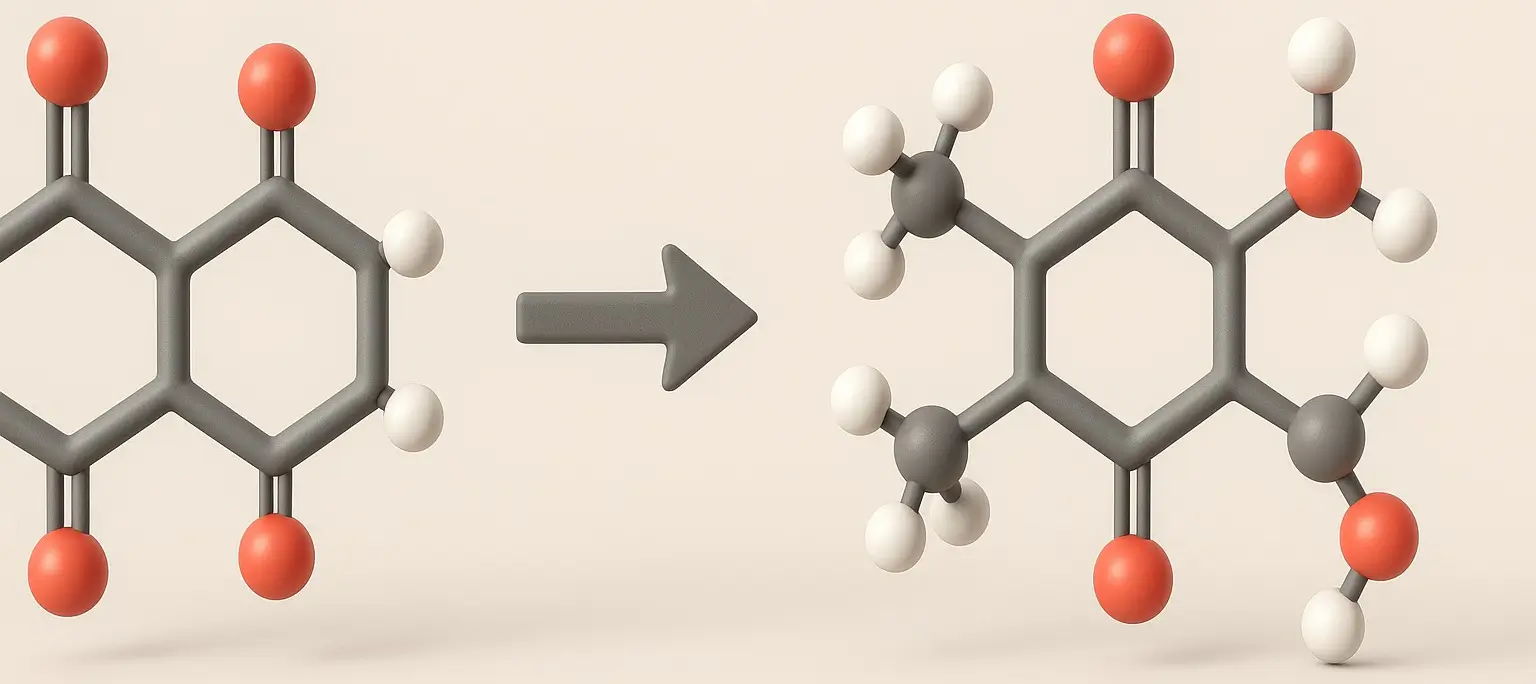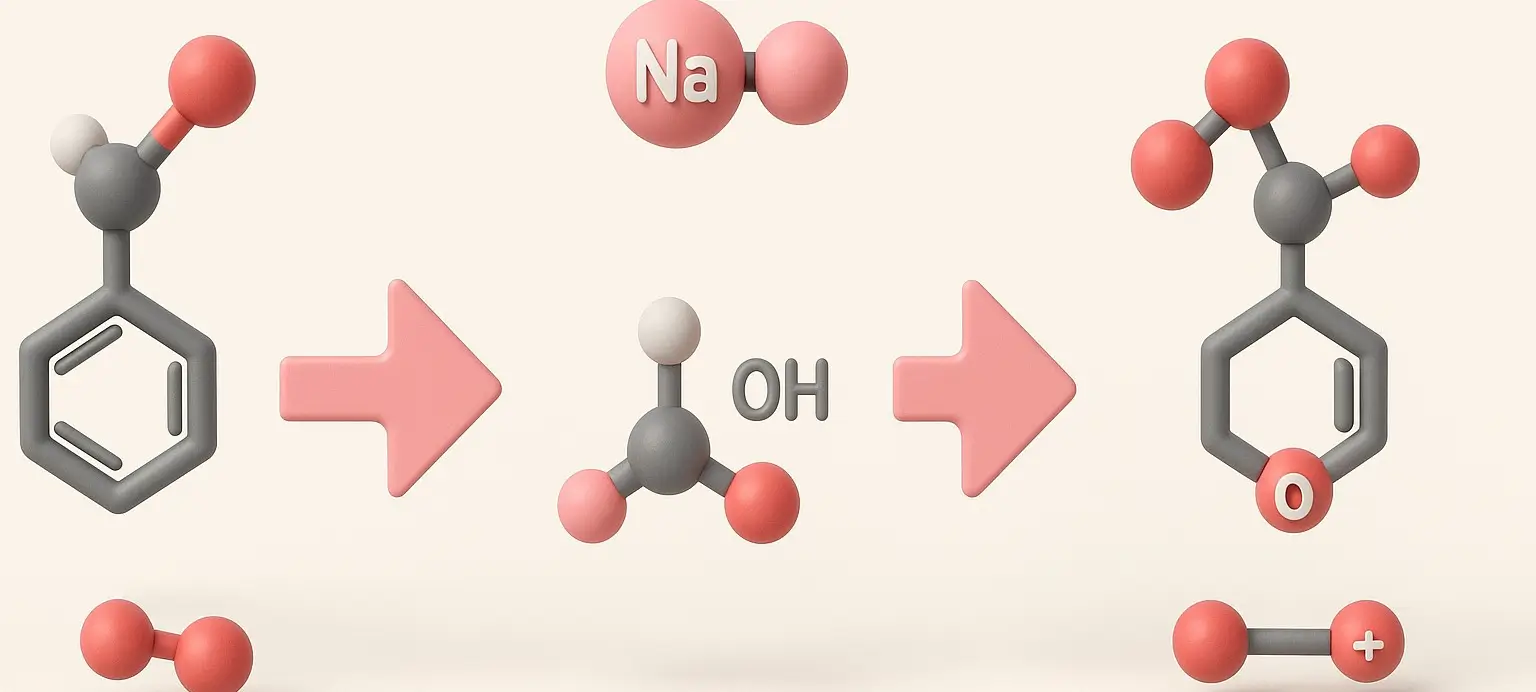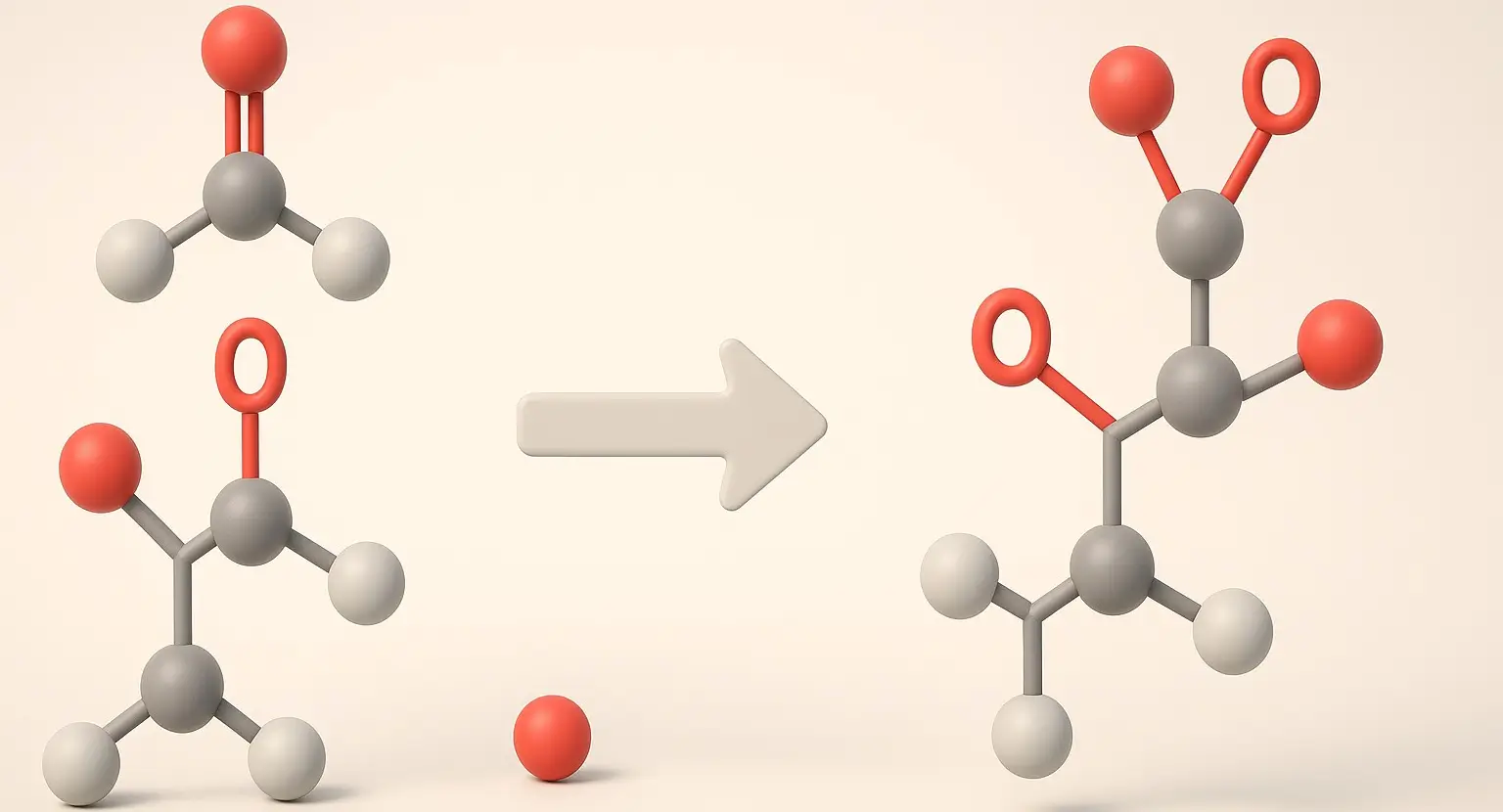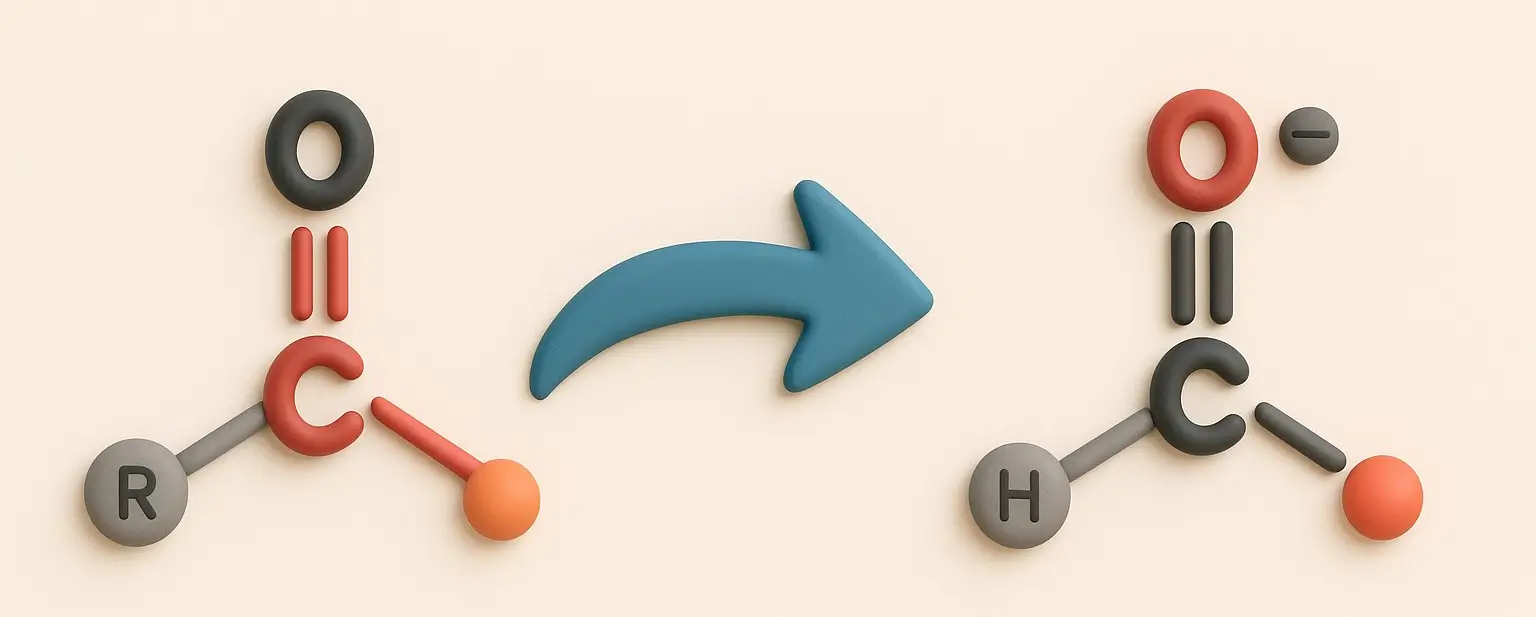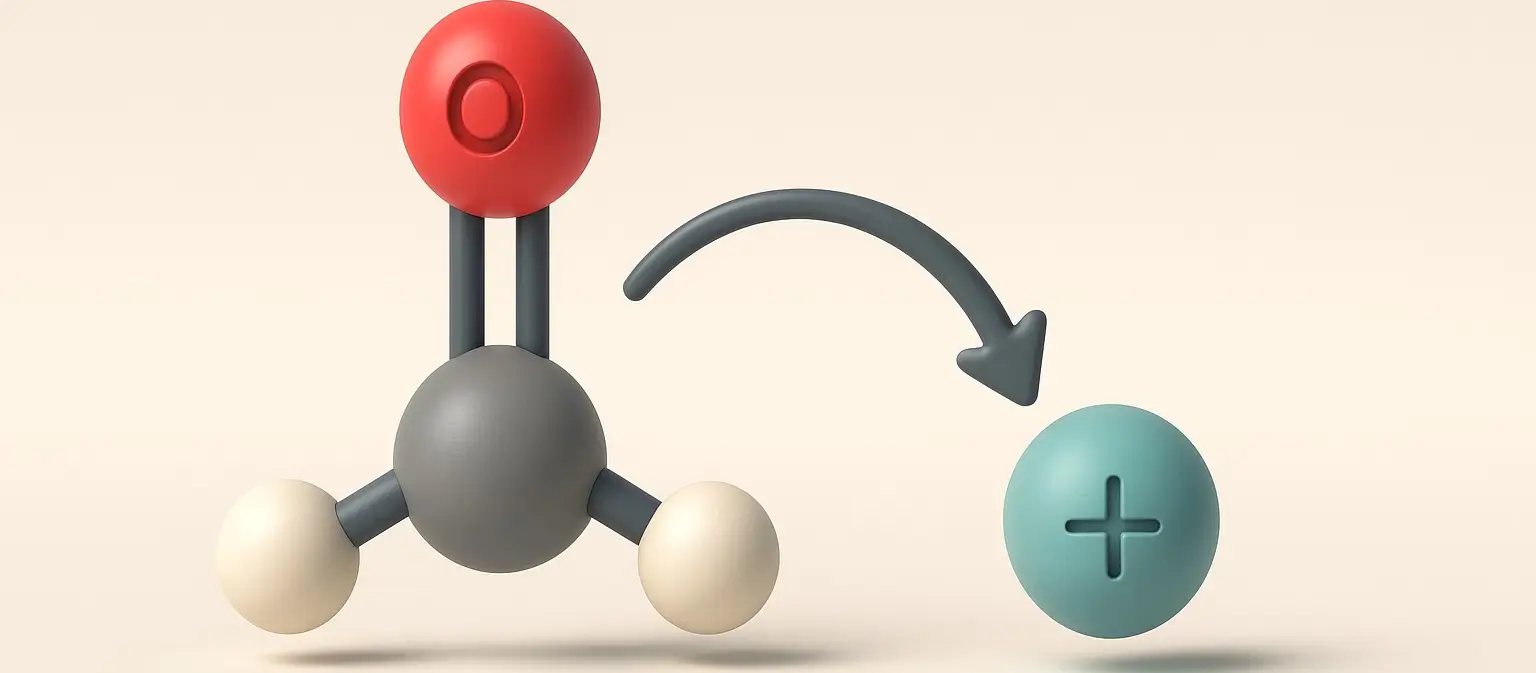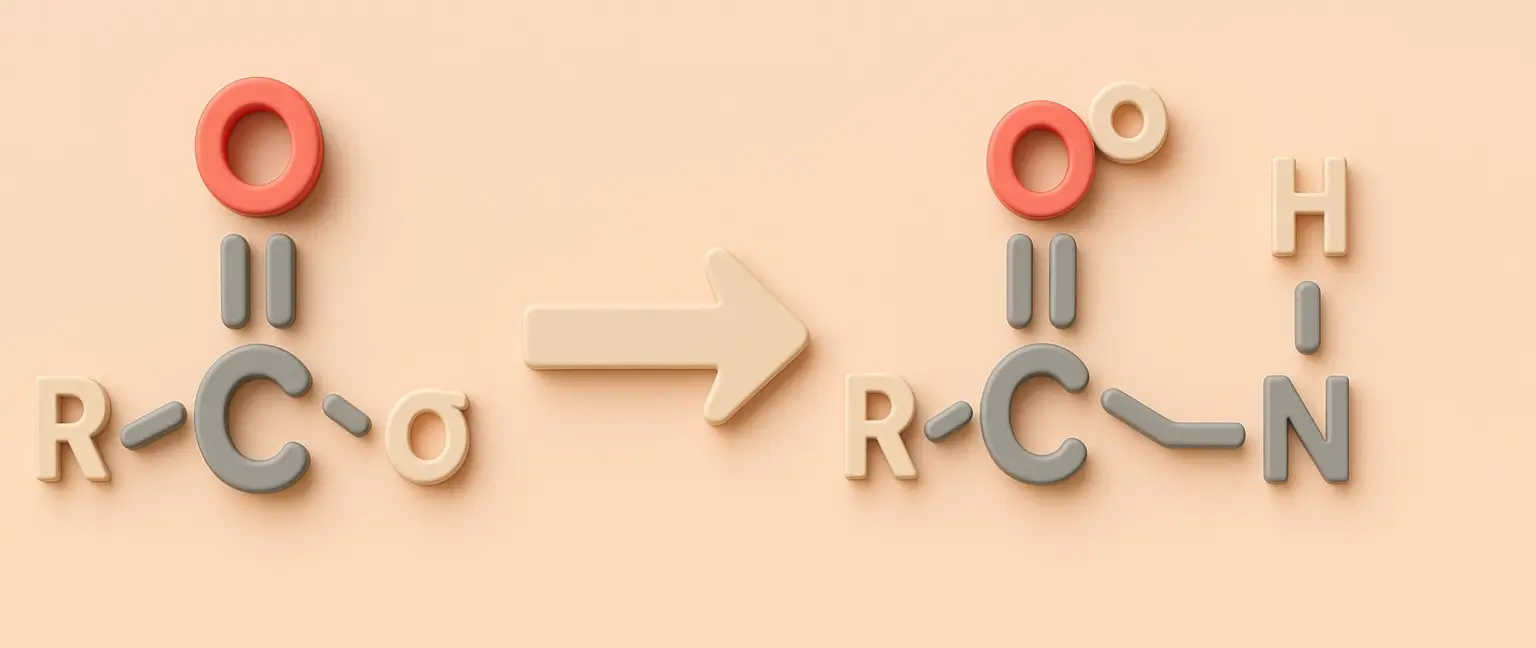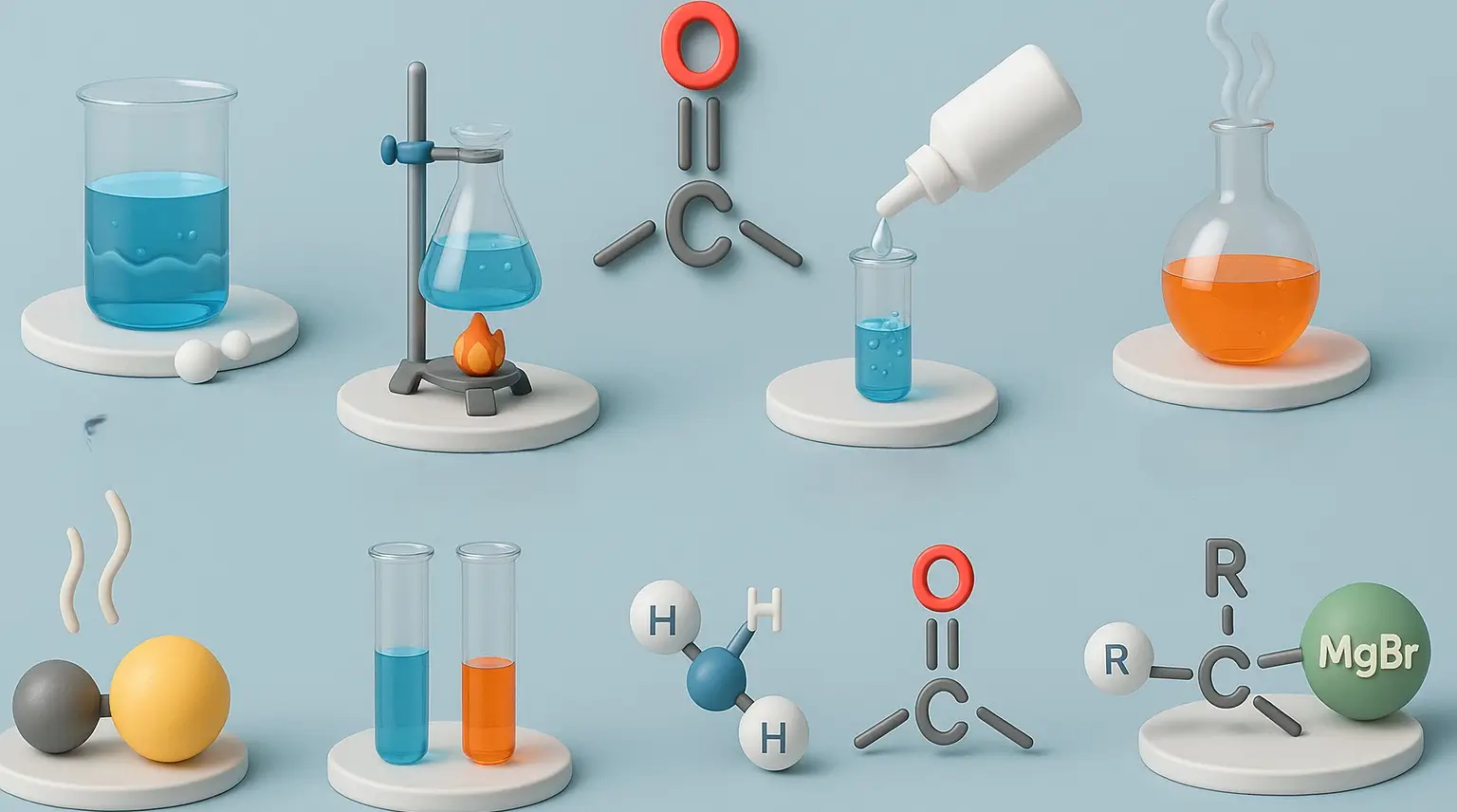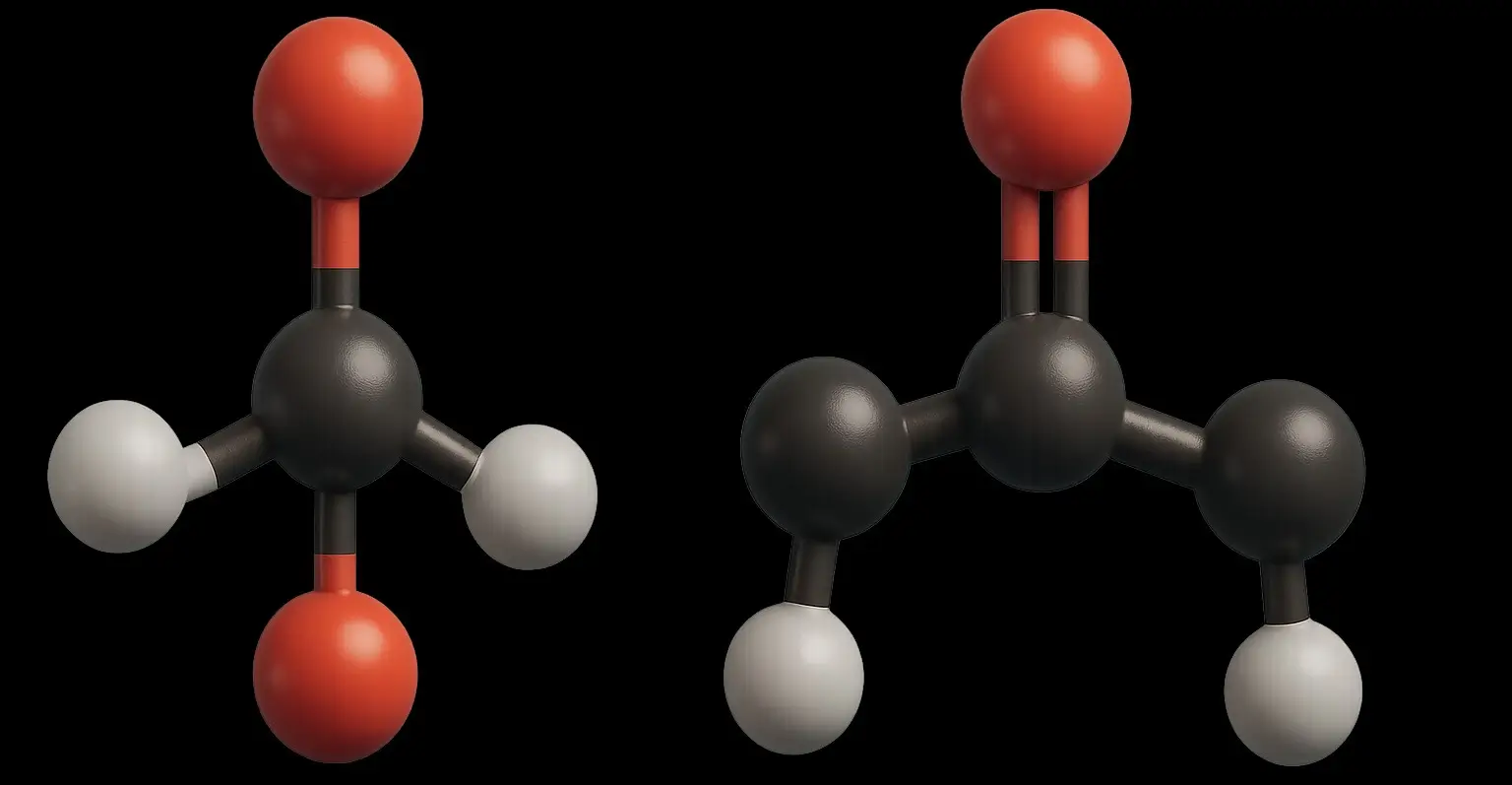Benzoin Condensation
Benzoin condensation is a classic example of a nucleophilic addition reaction, specifically between two molecules of an aromatic aldehyde such as benzaldehyde. Benzoin condensation reaction is facilitated by catalysts like the cyanide ion (CN⁻) or a N-heterocyclic carbene (NHC), leading to the formation of benzoin, an α-hydroxyketone. The mechanism of Benzoin Condensation unfolds through several … Read more

